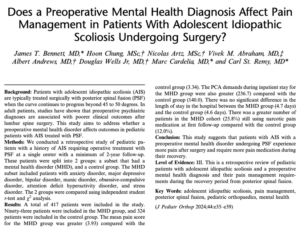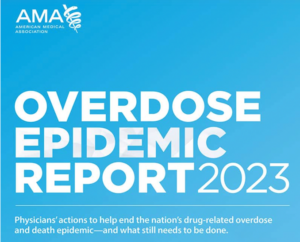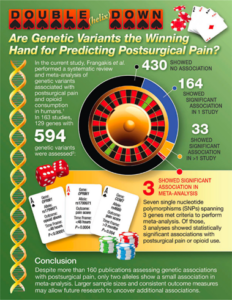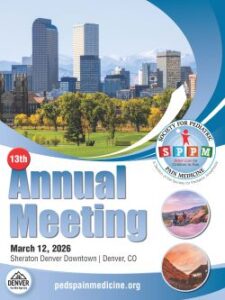
SPPM members from Stanford University recently published a retrospective study in The Clinical Journal of Pain, analyzing pediatric regional anesthesia from 2014-2021 and their perioperative outcomes.
Follow this link to the study and their results: https://journals.lww.com/clinicalpain/abstract/9900/perioperative_regional_anesthesia_pain_outcomes_in.135.aspx




 SPPM 13th Annual Meeting
SPPM 13th Annual Meeting